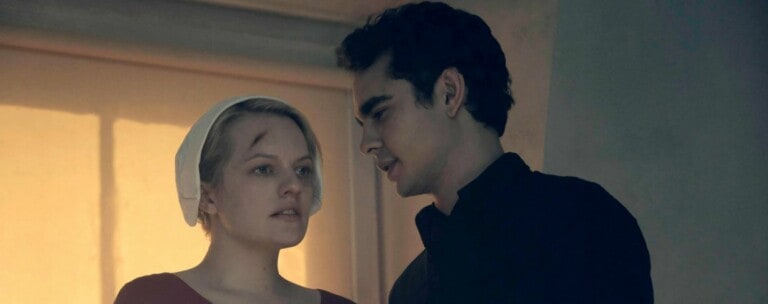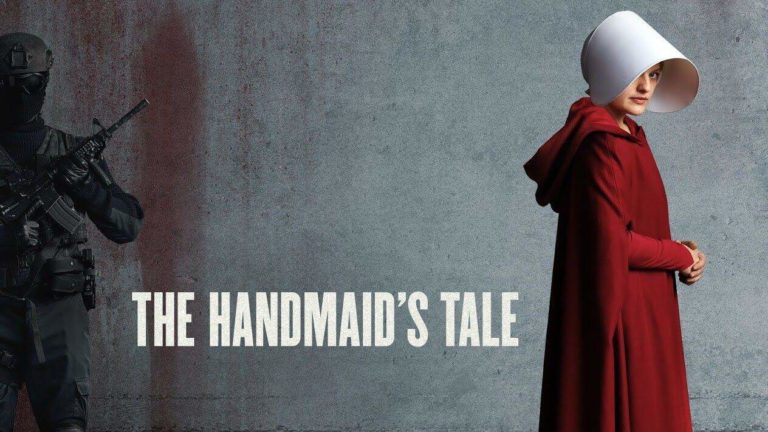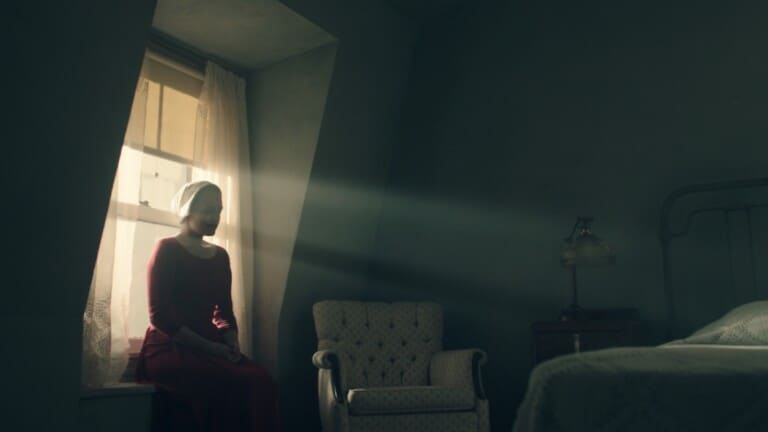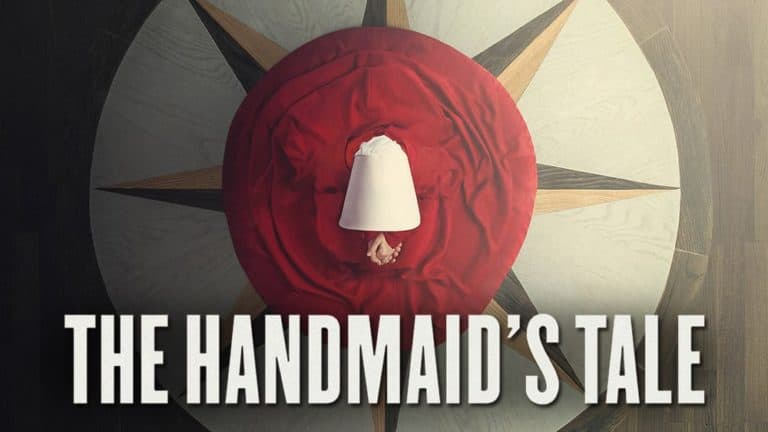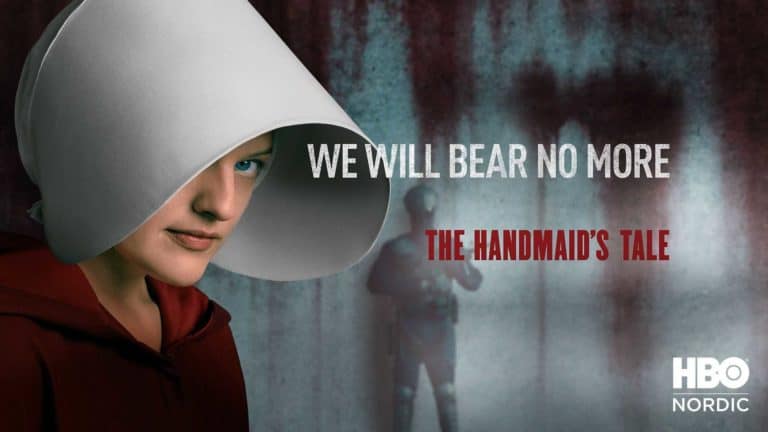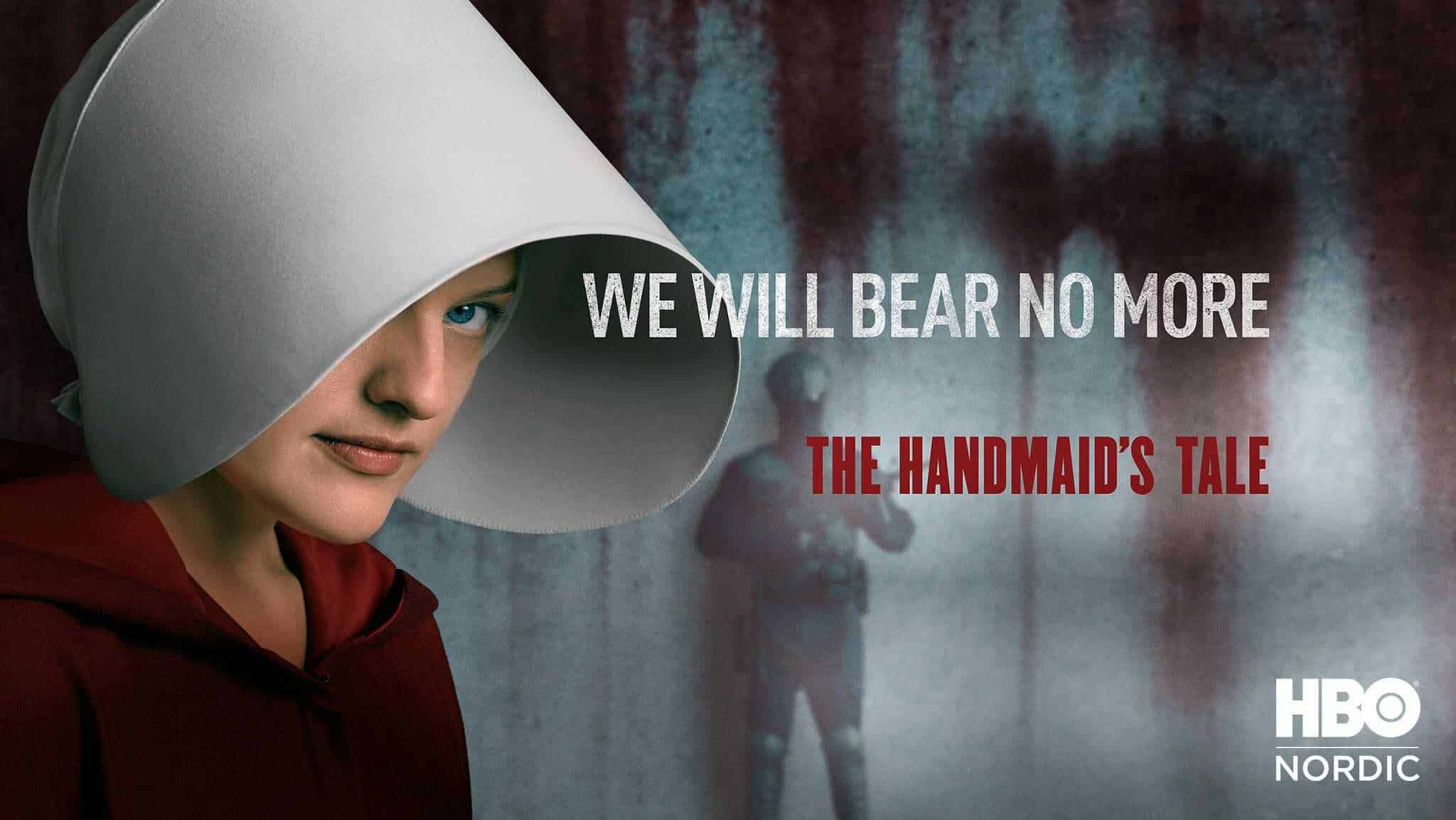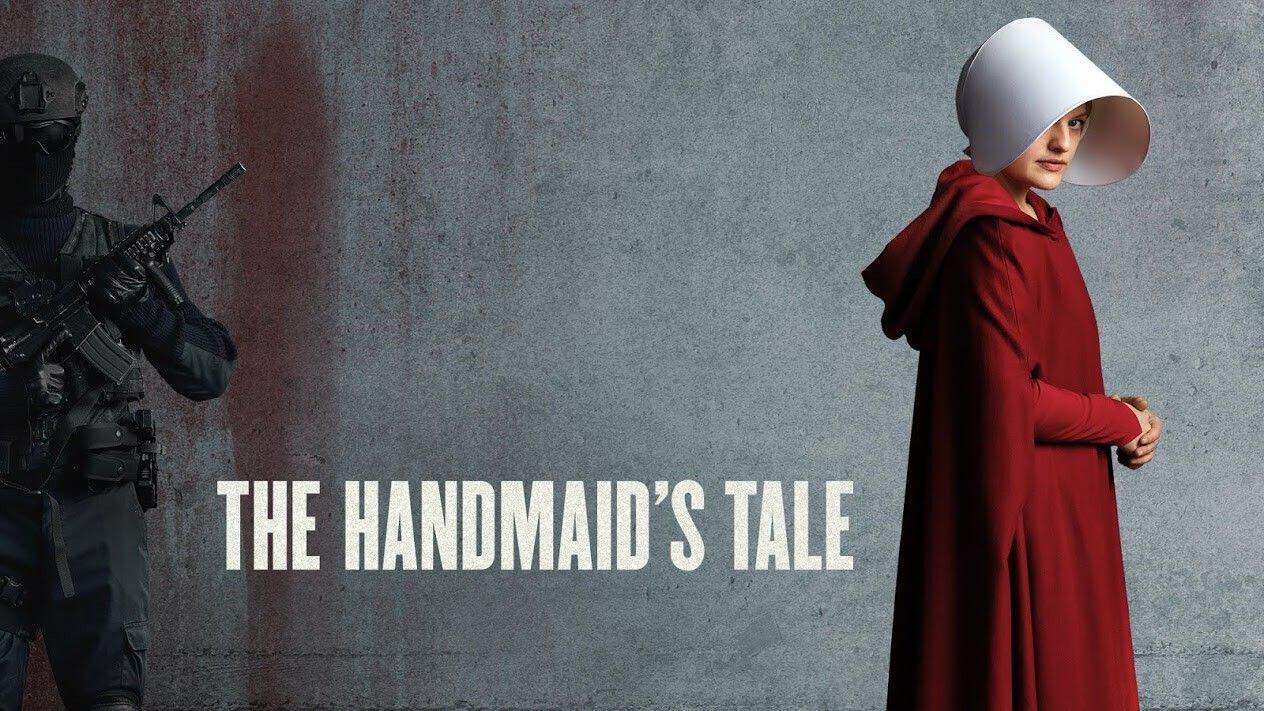I WISH THIS story were different. I wish it were more civilized. I wish it showed me in a better light, if not happier, then at least more active, less hesitant, less distracted by trivia. I wish it had more shape. I wish it were about love, or about sudden realizations important to one’s life, or even about sunsets, birds, rainstorms, or snow.
The Handmaid’s Tale, chapter 41.
Maybe it is about those things, in a sense; but in the meantime there is so much else getting in the way, so much whispering, so much speculation about others, so much gossip that cannot be verified, so many unsaid words, so much creeping about and secrecy. And there is so much time to be endured, time heavy as fried food or thick fog; and then all at once these red events, like explosions, on streets otherwise decorous and matronly and somnambulant.
I’m sorry there is so much pain in this story. I’m sorry it’s in fragments, like a body caught in crossfire or pulled apart by force. But there is nothing I can do to change it.
I’ve tried to put some of the good things in as well. Flowers, for instance, because where would we be without them?
Nevertheless it hurts me to tell it over, over again. Once was enough: wasn’t once enough for me at the time? But I keep on going with this sad and hungry and sordid, this limping and mutilated story, because after all I want you to hear it, as I will hear yours too if I ever get the chance, if I meet you or if you escape, in the future or in Heaven or in prison or underground, some other place. What they have in common is that they’re not here. By telling you anything at all I’m at least believing in you, I believe you’re there, I believe you into being. Because I’m telling you this story I will your existence. I tell, therefore you are.
So I will go on. So I will myself to go on. I am coming to a part you will not like at all, because in it I did not behave well, but I will try nonetheless
to leave nothing out. After all you’ve been through, you deserve whatever I have left, which is not much but includes the truth.
This chapter is a turning point for Offred is no longer a victim but an active agent ready to give an extraordinary account of her affair with Nick and the salvaging afterward.
She will try to fulfill her quest or relationships and reciprocity through the experience with Nick and then honesty to her imaginary reader, promising him/her to tell the truth.
Dismemberment and fragmentation
Fragmentation annoys her and weighs heavily on her: she is a trapped mind wandering endlessly in a maze. The plotline constantly jumps about, each paragraph is unrelated to the previous and next one.
Fragmentation positions Offred as a victim of Gilead: the fragmented quality of her writing becomes a graphic representation of Gilead’s influence on the narrator’s psychological balance.
She is also a victim in the process of story-telling for she appears unable to control what she tells. This idea is reinforced by another quote: “it isn’t a story I’m telling”, underlining that her mission is not to make things up and to beautify reality but to render things as they truly are.
Her mission is to get a message across, it has a didactic purpose: “after all I want you to hear it”.
“I’m sorry that it’s in fragments, like a body caught in crossfire and pulled apart by force”
- there is a parallel between the body and the text
- the fragmented text represents her own fragmented body
The text becomes less fragmented as she manages to write about her affair with Nick (“write her body”).
Besides, both tale and body are dismembered for both were violated and maimed. The body is often raped by the commander in the same way as Offred’s tale is said to have been raped or maimed by the two professors who have supposedly reorganized it.
Gradually, the narrator evolves from a denunciation of fragmentation to a search for unity and the confirmation that she exists.
